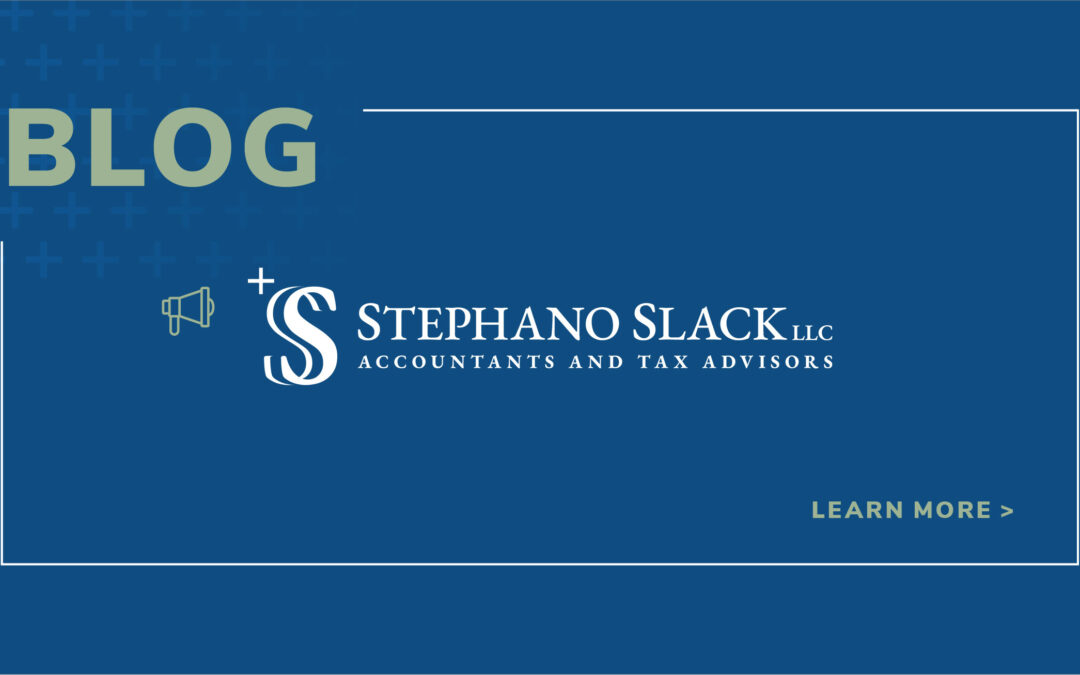The Covid-19 pandemic has brought many challenges. Along with those challenges are newly imposed restrictions that have impacted the auditing profession. From reduced in-person interactions and client-site visits, the landscape has shifted dramatically – in how many aspects of an audit are conducted. We as a profession must remain in the cutting edge of technology to sustain audit quality and provide excellent client service.
In a pandemic-era auditing environment, inventory observations have become increasingly more difficult to conduct and have pushed firms to become imaginative in how they can effectively conduct this task. Firms have begun to further utilize technology such as mobile devices, live stream walk-throughs, and even drones in some cases to be able to effectively conduct inventory observations. But most of this isn’t entirely new to the pandemic, it has evolved over time in its usage and will continue to become more prevalent throughout the industry.
Cutting-edge technology isn’t only effective in conducting specific tasks and audit testing, but also affords auditors a great way to communicate with our clients, and in some circumstances has improved audit efficiency. The focus has shifted from following a physical paper trail, to online and cloud connected data bases that have allowed auditors to generate more effective and efficient testing. The efficiencies do come with a cost, however, as these efficiencies create new risks and challenges.
New challenges are found in many areas, but common examples include hackers, phishing, data integration, data management, or can be as daunting as that expiring password we all have had to manage. If there is one thing for certain in this new era of auditing, we know that we must continue to invest heavily in new technologies that help us create more efficiencies, and automate the process as much as possible, both on the client and firm side of the equation.
But we must ask ourselves, do these come with an additional cost? Are we missing out on the conversation that could help us better understand our client? That is where we (the auditors) come in, to better utilize the technology we have and continue to implement in order to improve client communication. The new technologies we have begun to use will not serve as a replacement, but will be a much-needed aide to support our profession. We must remain the accountant with open eyes and ears, to be able to meet our goal of being a client advocate and trusted advisor.
Nicholas Sciulli
nsciulli@stephanoslack.com
Works Cited
Tysiac, Ken. “Tips for Auditing in a COVID-19 Environment.” Journal of Accountancy, Journal of Accountancy, 9 Dec. 2020, www.journalofaccountancy.com/news/2020/dec/auditing-tips-in-coronavirus-environment.html.
Nehmer, Robert, and Deniz Appelbaum. “The Coming Disruption of Drones, Robots, and Bots.” The CPA Journal, 6 July 2017, www.cpajournal.com/2017/07/03/coming-disruption-drones-robots-bots/.



Recent Comments